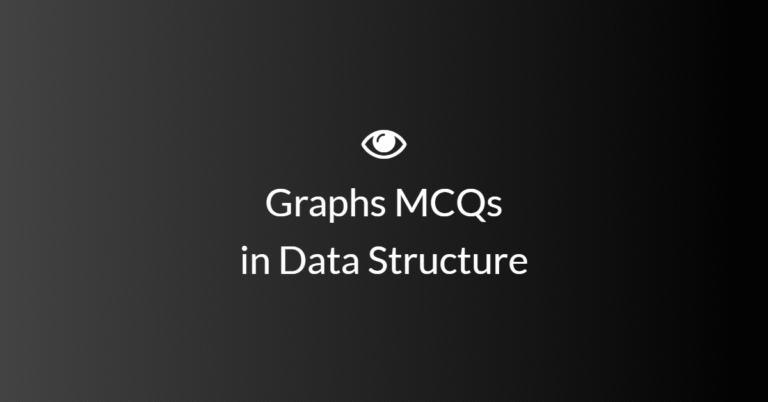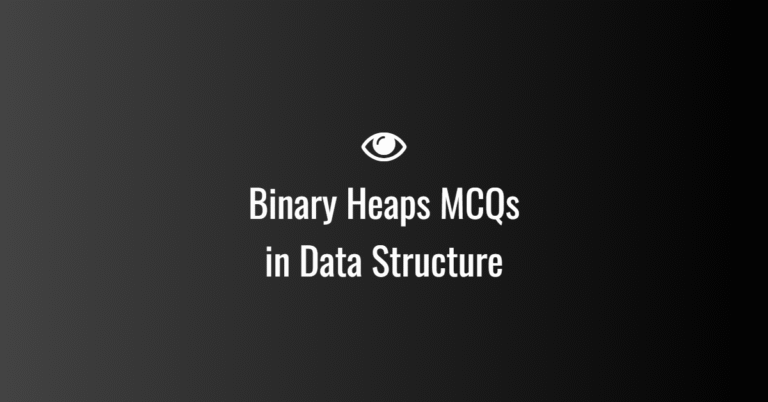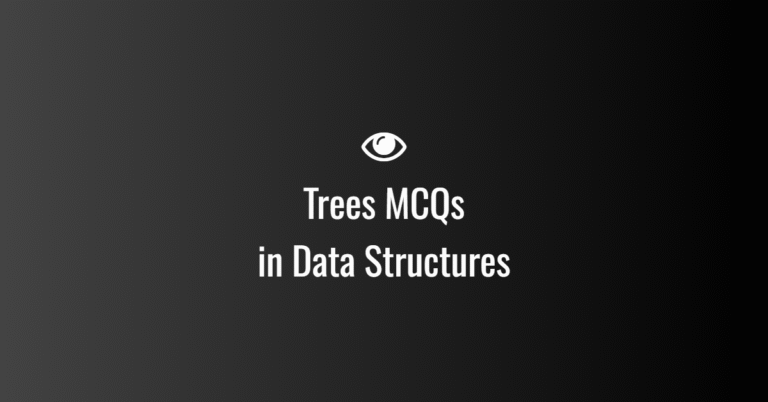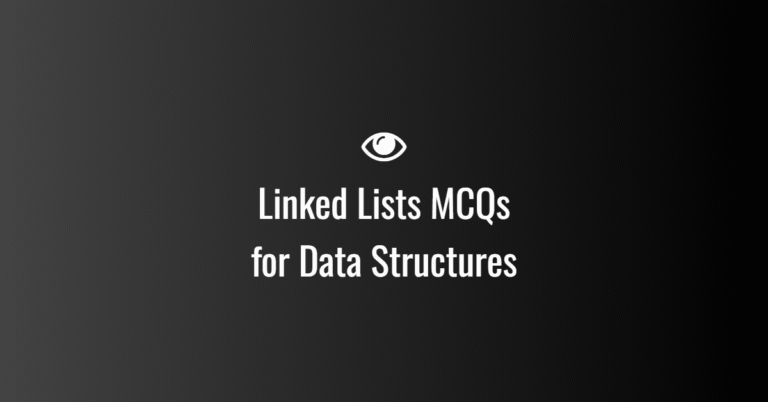
Planning Phase in SDLC
The Planning Phase is the first and most critical step in the Software Development Life Cycle (SDLC). It involves defining the project’s goals, estimating costs, identifying risks, and creating a roadmap for development.
🔹 Purpose of the Planning Phase
- Define project objectives and scope.
- Determine feasibility (technical, financial, operational).
- Identify required resources (team, tools, technologies).
- Establish a project timeline and budget.
- Mitigate risks through early assessment.
🔹 Key Activities in the Planning Phase
1. Feasibility Study
A feasibility study determines whether the project is viable. It includes:
✅ Technical Feasibility – Can the software be built using available technology?
✅ Economic Feasibility – Is the project cost-effective and profitable?
✅ Operational Feasibility – Will the software solve business problems?
✅ Legal Feasibility – Does it comply with regulations (GDPR, HIPAA, etc.)?
✅ Schedule Feasibility – Can the project be completed within the deadline?
📌 Outcome: Feasibility Report
2. Project Scope & Objectives Definition
The project scope defines what will be developed and what will not be included to prevent scope creep.
✅ Identify project objectives (problem-solving, automation, efficiency).
✅ Define deliverables (features, functionalities, constraints).
✅ Set project success criteria (KPIs, user satisfaction).
📌 Outcome: Project Scope Document
3. Resource Planning
Resource planning includes identifying the team, tools, and infrastructure needed.
✅ Human Resources – Developers, testers, designers, project managers.
✅ Technology Stack – Programming languages, frameworks, cloud services.
✅ Infrastructure – Servers, databases, networking needs.
📌 Outcome: Resource Allocation Plan
4. Risk Assessment & Mitigation
Identifying and addressing potential risks early prevents failures.
✅ Types of Risks:
- Technical (lack of expertise, integration issues)
- Financial (budget overruns, funding issues)
- Schedule (delays, scope creep)
- Security (data breaches, vulnerabilities)
✅ Risk Mitigation Strategies:
- Backup plans
- Contingency budget
- Security measures (encryption, authentication)
📌 Outcome: Risk Management Plan
5. Project Timeline & Budget Estimation
Estimating time and cost ensures that the project stays on track.
✅ Project Scheduling:
- Define milestones (Requirement Analysis, Design, Development, Testing).
- Use Gantt charts or Agile sprints for tracking.
✅ Cost Estimation:
- Labor costs (developer salaries, consultants).
- Infrastructure costs (cloud services, software licenses).
📌 Outcome: Project Plan with Timeline & Budget
🔹 Outcome of the Planning Phase
At the end of this phase, the following documents are created:
📌 Feasibility Report – Confirms project viability.
📌 Project Scope Document – Defines objectives and boundaries.
📌 Risk Management Plan – Identifies and mitigates risks.
📌 Project Plan – Includes timeline, budget, and resource allocation.
🔹 Why is the Planning Phase Important?
✔ Prevents unnecessary costs and delays.
✔ Reduces project risks and uncertainties.
✔ Ensures stakeholder alignment and clear expectations.
✔ Forms a solid foundation for the next SDLC phases.



